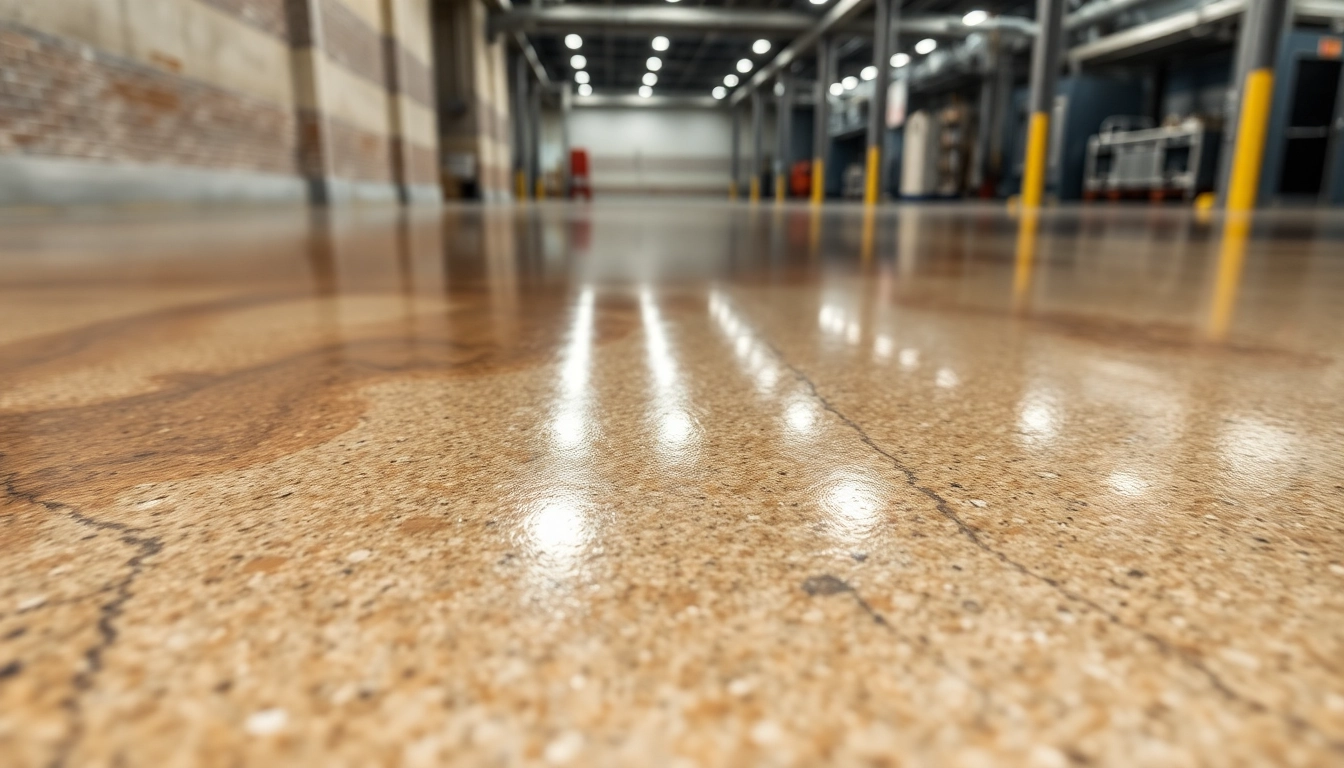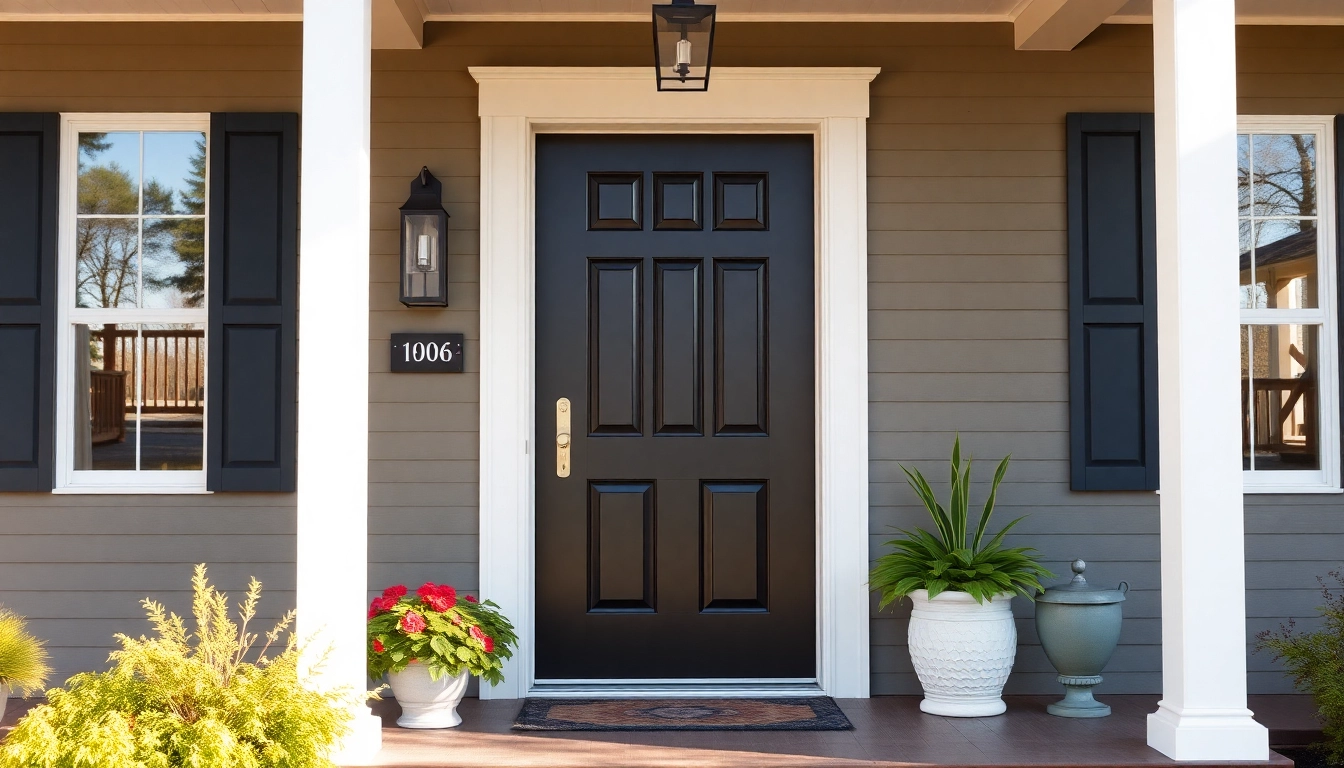Understanding Epoxy Resin Floors: Types and Applications
Epoxy resin floors are increasingly popular solutions for both commercial and residential spaces, thanks to their durability, aesthetic appeal, and versatility. An epoxy resin floor creates a seamless, high-performance surface that resists stains, impacts, and wear—making it ideal for environments that require tough, long-lasting flooring. From industrial warehouses to stylish home garages, epoxy floors serve diverse needs with customizable finishes and enhanced functionality. To make an informed decision about incorporating epoxy resin flooring into your space, it’s essential to understand the various types available, their specific applications, and the benefits they offer.
Different Styles of Epoxy Resin Floors
Solid Color Coatings
The simplest and most common epoxy flooring style, solid color coatings deliver uniform finishes in a variety of shades. They are preferred in environments where a clean, professional look is desired, such as clinics, retail stores, or kitchens. Solid epoxy floors provide excellent stain resistance and are easy to maintain, making them a practical choice for high-traffic areas.
Decorative and Metallic Epoxy Floors
Leveraging the aesthetic versatility of epoxy, decorative floors feature embedded chips, flakes, or metallic pigments that create vibrant or sophisticated effects. Metallic epoxy floors, in particular, can mimic the look of marble, swirling skies, or other artistic designs, transforming a plain surface into a statement feature. These finishes are popular in salons, showrooms, and luxury garages.
Quartz and Aggregate Epoxy Floors
Enhanced with aggregates like quartz or other decorative stones, these floors combine durability with textured aesthetics. The added texture provides slip resistance, making them suitable for kitchens, industrial settings, and outdoor patios. Their rugged appeal is matched with excellent chemical and impact resistance.
Self-Leveling and Chemical-Resistant Epoxy Floors
Designed for applications demanding a smooth, seamless surface, self-leveling epoxy is often used in laboratories or food processing plants. Chemical-resistant variants protect against corrosive substances, ensuring longevity and safety in industrial environments.
Common Uses in Commercial and Residential Settings
Commercial Environments
In commercial spaces such as warehouses, factories, and retail outlets, epoxy floors are valued for their durability and ease of maintenance. Their resistance to heavy machinery, chemical spills, and high foot traffic makes them cost-effective long-term solutions. For instance, many industrial warehouses opt for high-performance epoxy systems like those offered by Rockhard USA epoxy kits to withstand rigorous use.
Residential Spaces
Homeowners increasingly select epoxy for garages, basements, and patios due to its aesthetic flexibility and durability. A popular choice is creating a marble or metallic finish, which elevates the space’s design while ensuring long-term resilience against stains and impacts. DIY enthusiasts share videos and tutorials on applying epoxy to create high-end looks at a fraction of the cost of professional finishes.
Advantages Over Traditional Flooring Options
- Enhanced Durability: Epoxy floors resist abrasions, impacts, and chemical spills better than standard concrete, tile, or vinyl.
- Seamless and Easy to Maintain: Their homogeneous surface prevents dust and dirt accumulation, simplifying cleaning routines.
- Cost-Effectiveness: While initial installation costs vary, the longevity and low maintenance requirements make epoxy floors financially advantageous over time.
- Design Flexibility: Wide range of colors, textures, and decorative effects allow customization to match aesthetic preferences and branding.
- Fast Installation: Modern epoxy systems often cure faster, reducing downtime in commercial settings.
Key Factors to Consider Before Installing an Epoxy Resin Floor
Surface Preparation and Substrate Compatibility
Proper surface preparation is critical for epoxy adhesion and longevity. Concrete should be thoroughly cleaned, degreased, and free from laitance, oils, or loose particles. Mechanical methods like grinding or shot blasting are commonly employed to create a suitable profile for epoxy bonding. Compatibility with existing surfaces must be checked to prevent issues such as delamination or peeling.
Choosing the Right Epoxy Formulation for Your Needs
Different formulations serve different purposes. For high-traffic or industrial zones, high-build, chemical-resistant epoxy systems are advisable. For aesthetic projects, decorative or metallic epoxies provide visual appeal. Budget, surface condition, and specific environmental factors (e.g., exposure to water, extreme temperatures) influence the selection process.
Budgeting and Cost Considerations
Costs depend on epoxy type, surface area, surface prep requirements, and labor. Kits ranging from approximately $62.99 for basic DIY solutions to over $555 for premium industrial systems offer options for various budgets. Investing in professional installation can ensure quality, but DIY approaches are feasible with proper tools and skills. Factor in costs for surface prep, materials, and possible repairs for a comprehensive budget.
Step-by-Step Process of Epoxy Resin Floor Installation
Preparation and Surface Cleaning Techniques
The foundation of a successful epoxy floor project lies in meticulous preparation. Start by clearing the area, then mechanically abrade the surface to remove laitance, dust, and contaminants. Use degreasers or etching solutions for thorough cleaning. Ensuring a clean, dry substrate with an appropriate moisture level is paramount to prevent future adhesion issues.
Applying Epoxy Layers for Durability and Finish
Mix epoxy components precisely according to manufacturer instructions. Apply the first coat using a roller or squeegee, ensuring even coverage. Depending on the desired finish, additional coats of epoxy, decorative chips, or metallic pigments can be layered. Allow adequate curing times between coats, typically 12-24 hours, to maximize bonding and durability.
Drying and Curing Time Management
Patience during curing is vital. Most epoxy systems require 24-72 hours before foot traffic is permitted, with full chemical cure up to 7 days. Extreme temperatures or humidity can affect curing times, so plan accordingly. Proper curing ensures optimal chemical resistance and surface strength.
Maintenance Tips to Prolong Epoxy Resin Floor Lifespan
Cleaning Methods for Different Epoxy Finishes
Routine cleaning includes sweeping and damp mopping with mild detergents. For stubborn stains or spills, use non-abrasive cleaners compatible with epoxy surfaces. Avoid harsh chemicals like acids or solvents that may degrade the finish. Regular maintenance preserves gloss and prevents dirt buildup.
Common Issues and Troubleshooting
Common problems include bubbling, peel-off, or dulling. These often stem from improper surface prep, moisture intrusion, or UV exposure. Troubleshooting involves identifying the root cause and applying appropriate repairs, such as re-priming or re-coating with UV-resistant epoxy.
When to Consider Re-Coating or Repairs
Signs like fine cracks, discoloration, or surface dullness indicate the need for re-coating. Scheduled re-application, typically every 3-5 years, extends the lifespan. Quick repairs after minor damages can minimize long-term deterioration and maintain aesthetic appeal.
Innovations and Trends in Epoxy Resin Flooring
Advanced Decorative Effects and Textures
Modern epoxy systems utilize innovative techniques like 3D effects, glow-in-the-dark pigments, and textured finishes. These options enable breathtaking custom designs, suitable for upscale commercial spaces or creative residential projects.
Eco-Friendly and Low-VOC Epoxy Options
Growing environmental awareness has driven the development of low-VOC, water-based, and bio-based epoxies. These formulas reduce volatile emissions during application and cure, aligning with green building standards and ensuring a safer indoor environment.
Future Outlook for Epoxy Resin Flooring Technology
Emerging trends point to enhanced UV resistance, antimicrobial formulations, and nanotechnology integration. These advancements aim to improve longevity, safety, and sustainability, ensuring epoxy floors remain a cutting-edge choice for various applications.



